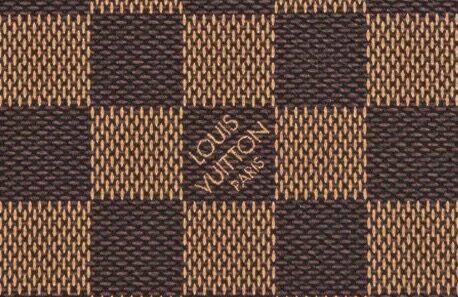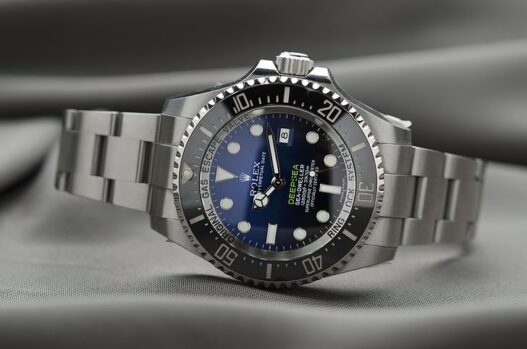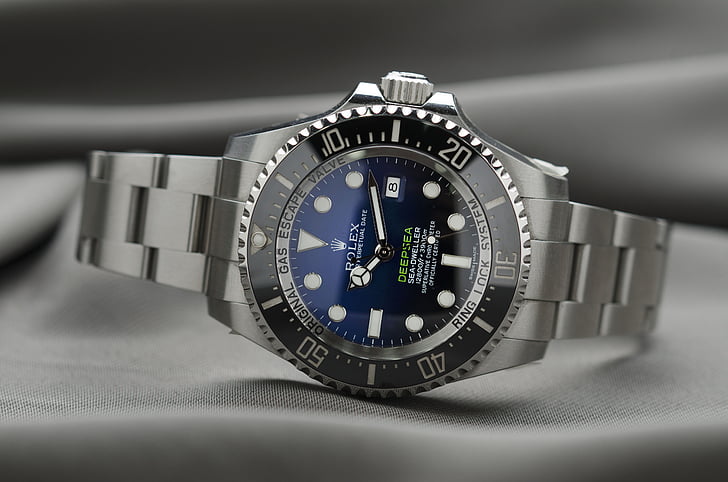This is the geography of timekeeping: when the law itself becomes a watchmaker, measuring not seconds but a sense of place.
As a child, I used to hum the immortal Raj Kapoor–Mukesh anthem, “Mera joota hai Japani, patloon Inglistani, sar pe laal topi Roosi, phir bhi dil hai Hindustani” – my shoes Japanese, trousers English, red hat Russian, yet my heart proudly Indian. Years later, in adulthood, when I first encountered the concept of “Geographical Indications” in IP law, that lyric came rushing back as the perfect metaphor. It made me wonder: if we can pin nationality on tea leaves and silks, why didn’t the song wink at the most precise of all GI‑tagged creations- watches, those tiny diplomats of place and precision.
I wear many hats; two of them are being an IP lawyer and an unapologetic watch tragic. I haven’t yet torched a fortune on horology, but I do own a small troop of timepieces marking the mile‑markers of my life, each acquired according to the weight of my bank account at the time. When I finished at Imperial College London, I rewarded myself with a proudly “British” Sekonda; more recently, a dear friend surprised me with a decidedly “Swiss” Raymond Weil, and yet another friend gifted me the very “Japanese” Seiko metronome. Every watch in my collection I tag by its birthplace – or at least by the homeland of its beating heart, the movement itself. To mark a recent professional milestone, I treated my team to a splash of Nordic minimalism – Scandinavian watches from Nordgreen.
In wine, it’s terroir. In cheese, it’s the pasture. In horology, it’s the steady tick of a town’s – or sometimes an entire culture’s – history. And just as my own little collection is a tour of national identities, the world’s great watchmakers have pulled off something rare for an industrial craft: they’ve turned place itself into a legal shield. These are the geographical indications of time-labels of origin that make a watch not just a product, but a passport, echoing the personal geography of my own wrist.
Switzerland: Where “Swiss Made” is a Statute [and not a marketing slogan]
I would start at the obvious pole star. Swiss Made is no marketing fluff; under the 2017 Swissness legislation, at least 60 per cent of a watch’s value must be created in Switzerland, its movement cased and inspected there for it to be tagged or labelled – “Swiss Made”. Misuse is actionable worldwide. It’s the Champagne of timekeeping, a legal moat that every Geneva boutique quietly thanks.
Inside Switzerland, the walls narrow further. The Poinçon de Genève, or Geneva Seal, dates back to 1886. Only movements finished and assembled inside the canton – and polished to an obsessive standard – may carry its tiny coat-of-arms. My current favourite Raymond Weil bears the “Geneve” tag – essentially micro-GI within a macro-GI.
Germany: The Saxon Counterpoint
It was, strangely, in Stockholm that I encountered a Glashütte for the first time, and then I traced its history. Two world wars and a communist interlude couldn’t kill the pride of Glashütte in Saxony. Today, “Made in Glashütte” is a protected collective mark (under what is termed the Glashütte ordinance). German courts insist that at least half the movement’s value must be born there. Nomos and A. Lange & Söhne build their balance wheels not just to keep time, but to prove lineage.
France: The Viper’s Head of Besançon
At the old French observatory in Besançon, chronometers that pass testing earn a tiny stamp: a coiled viper’s head. It isn’t technically a WTO-style GI, but it is state-recognised and origin-locked. The French courts, together with the INPI (National Institute of Industrial Property, France), have treated the Viper’s Head chronometer certification as a protected appellation in enforcement actions. A French nod to precision that predates the smart-watch by a century. Pascal Coyon, LIP, and Utinam are a few popular watches from this French city dedicated to horology, and many of their watches bear the popular viper logo.
Britain and Japan: Certification as Proxy
Britain’s Horological Institute runs a “Made in Britain” certification mark; think of brands like Bremont and Garrick, proudly building their own movements and using that badge as a calling card. UK courts have also weighed in on the misuse of certification marks – cases like Scotch Whisky Association v. Klotz illustrate how the judiciary protects GI-like designations, even outside the food and drink sector, a principle that underpins similar protections for horological marks. Japan’s Chronometer Inspection Institute offers a national “Japan Chronometer” label – long associated with the precision of Grand Seiko and Citizen’s high‑end chronometers. Neither is codified like wine law, but both function as GIs in the market: proof that the mechanism beating inside is native, not merely assembled.
Why This Matters
These regimes are more than quaint badges. They are legal frameworks that turn geography into brand equity and enforcement muscle. A GI makes “where” part of the “what”: it gives the slow art of horology the same kind of territorial dignity as Darjeeling tea or Parma ham.
India, by contrast, has no such protection. HMT’s vintage factories in Bangalore and Titan’s giant Hosur campus never claimed a GI; the law of place never met the art of time. In a country whose regulators are otherwise obsessively watchful, it is an oddly unguarded silence.
What’s Next for GIs in Horology
The EU has now adopted Regulation (EU) 2023/2411 extending geographical indications to craft and industrial products, effective December 2025. This opens the door for watchmaking towns to seek EU‑wide GI protection. Germany’s national protection for “Glashütte” will lapse in December 2026 unless it migrates into the EU GI system, making it the most likely early filing. Expect similar moves from Swiss cantonal marks such as the Geneva Seal (even though Switzerland is outside the EU, its watch industry may leverage bilateral arrangements) and from French centres like Besançon once the EU register is live.
These upcoming filings would give collectors and lawyers alike a new playground: GI protection for watches will mean union‑wide enforceability of origin claims, complementing trademark and certification mark regimes.
The Last Tick
Fashion lawyers often chase the next NFT or blockchain certificate. But the oldest provenance tech is still geography itself. In watches, as in wine, the law has found a way to bottle time and sell the scent of a city. The dial tells you the hour; the GI tells you where that hour was born.



















